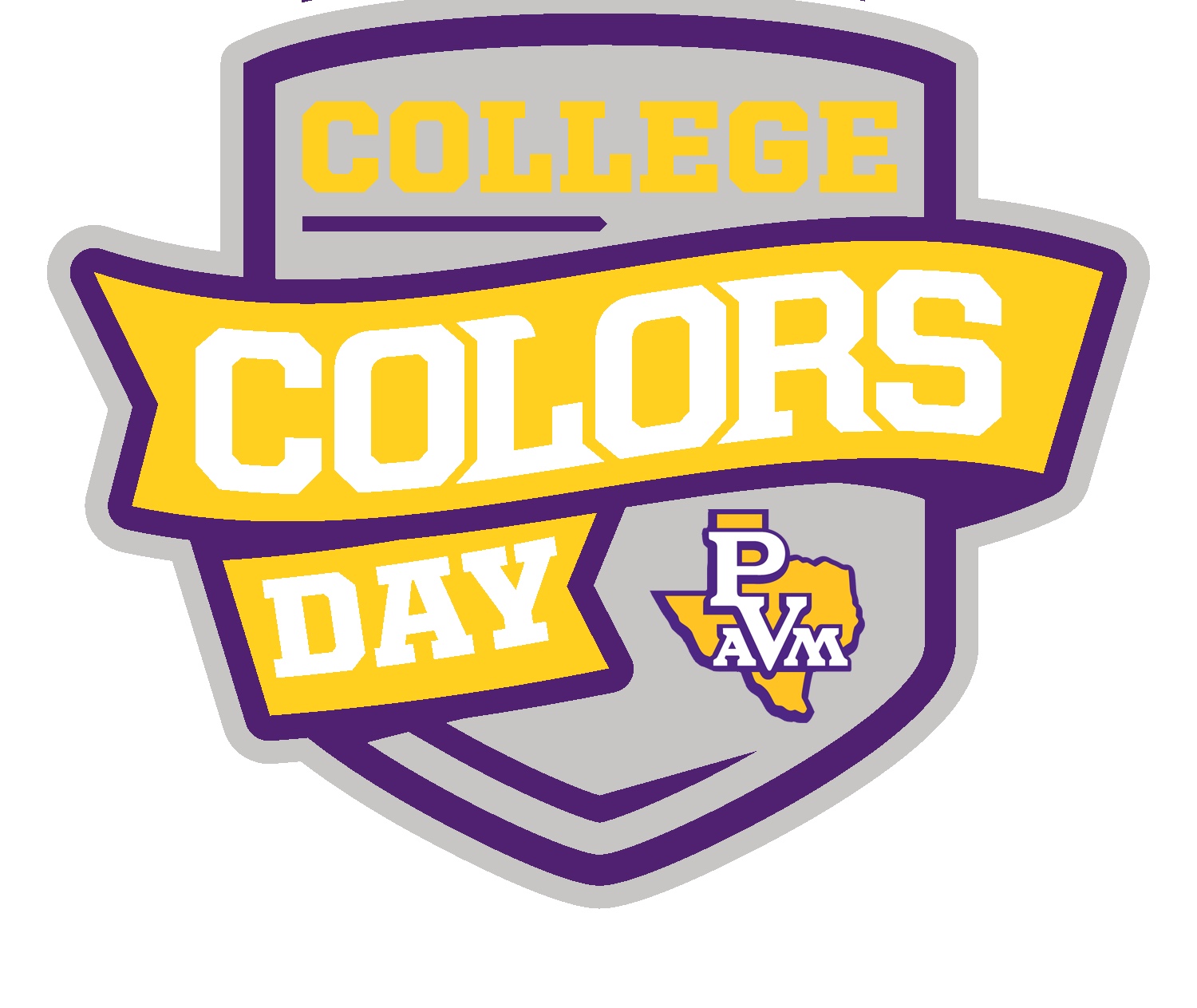

The symbolism of UCLA’s colors is pitch-perfect for California: yellow to represent the Golden State wildflowers, and blue to represent the ocean. LSU’s colors, minus the green to fully honor the Mardi Gras with such a trifecta, stem from 1893 football coach Charles Coates, who allegedly gave players purple and gold ribbons to accent their gray uniforms.Ī school that’s grown extensively from its engineering roots, it’s said that this pair of colors was chosen to represent the core values of Commodore Vanderbilt himself: black for coal, and gold for money. In 1890, a small student body faction made the official shift to navy and white instead. Penn State also had an interesting set of colors before their current iconic combo: pink and black! The combination was jeered by students, especially as the pink quickly faded to white in the sun. The two divisions split the east and west areas of the town, and the colors have failed to fade since.

The iconic Carolina Blue dates back to the 19th century, when the initial student body in Chapel Hill was evenly split between the Philanthropic Literary Society (white), and the Dialectic Literary Society (light blue). Miami’s unique color combination leading with green, and accented by white and orange, was established in 1926 to represent the Florida Orange Tree. Michigan has gone through 12 shades of blue to complement the maize, until the school’s executives settled on a deep navy by 2013. Michigan’s signature “maize” shade was claimed by the student body in the late 1860’s, and the exact shade that remains today was commissioned in 1900. Burnt Orange became the status quo once the team figured out the aesthetic of looking like the color had “soaked overnight” with their material supplier in Chicago. In 1928, football coach Clyde Littlefield demanded a shade that wouldn’t change colors as fans got used to seeing orange jerseys fade with the season.

DARK BLUE (mixes shown on left, pantone on right) PMS 302. It became an official school color once a crimson stocking was added to the football uniform in 1892.īelieve it or not, Syracuse’s first set of official school colors were pea green and rose! A 1929 alumni newsletter cites the shift to Orange began in 1877 upon honoring its symbolism for the “hopes of a golden future.” Orange was cemented in 1890 to honor the establishment of the House of Orange and Colony of New York before the turn of the century. The logo can be shown ON TOP of these secondary colors and the primary colors ONLY. When The University of Alabama was still a military school, it’s been said a young woman dressed for one of the school’s balls decked in Crimson to match the uniform palette of gray, black, and white. Signature colors may be used extensively both for large areas of color and as accent colors.As the NCAA Football season approaches, it’s time to start stocking up on all things school spirit! As the definitive destination for the best college football action and access out there, Ticketmaster is exploring some of the league’s most storied school colors as kickoff approaches nationwide.

Using this palette appropriately and consistently provides an additional layer of distinction. The LMU color palette is grounded in the color traditions of the universitys. Our signature color palette of Michigan Maize and Blue creates a powerful differentiator for our brand. This quick-reference chart shows which colors provide enough contrast to be used as text against a light background, and which colors don’t have enough contrast to be readable as text but could be used as a background. The chart below provides approved brand color combinations that meet WCAG 2.0 level AA standards. When designing for the web, all content must conform to the accessibility standards set by the university’s ITS accessibility team.īased on Web Content Accessibility Guidelines (WCAG 2.0), the criteria for level AA requires a contrast ratio of at least 4.5:1 for normal text and 3:1 for larger text, greater than 24px or 19px and bold. Maize and blue play a vital role in establishing a clear and powerful image and in defining the University of Michigan Brand, but there’s so much more to consider when establishing our identity.


 0 kommentar(er)
0 kommentar(er)
